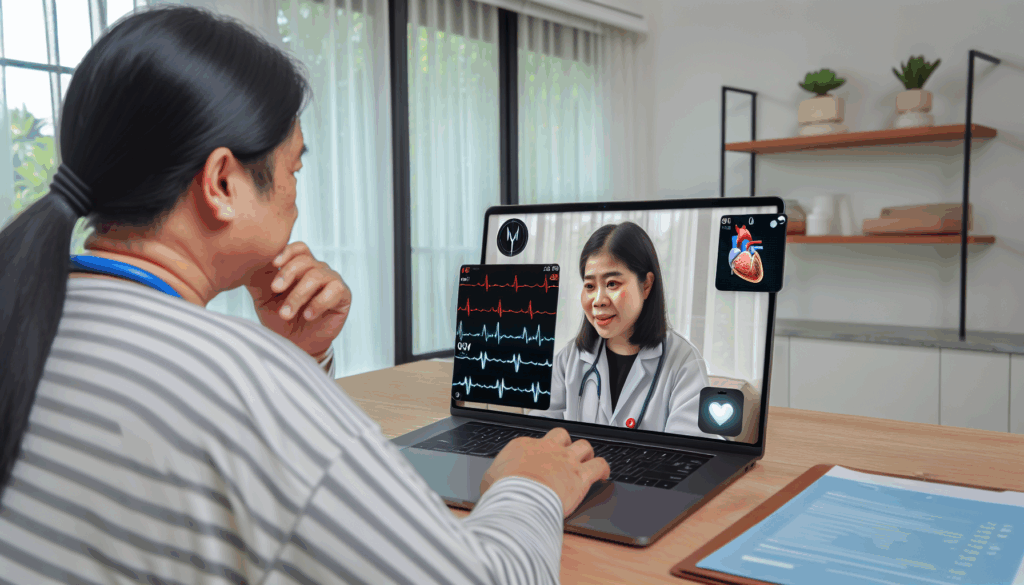Understanding the Role of Telemedicine in Home Health Care
As we navigate the future of healthcare, one thing becomes clear: technology plays a substantial role. In particular, telemedicine has emerged as a game-changing solution, especially in home health care. This phenomenon is not recent but has admittedly been accelerated by the recent global pandemic, which forced health institutions and patients alike to seek viable alternatives to in-person consultations.
What Is Telemedicine?
Before diving into its impact on home health care, let’s define telemedicine. This term refers to the delivery of health care services using technology. It allows patients to receive medical consultations and monitor their health remotely, making it particularly beneficial for home health patients.
The Benefits of Telemedicine in Home Health Care
Telemedicine has several advantages for patients receiving home health care. These include:
- Accessibility: With telemedicine, patients can access healthcare services without leaving their homes. This is especially beneficial for individuals with mobility issues, those living in remote areas, or patients with contagious conditions.
- Cost-Savings: Incorporating telemedicine into home health care helps reduce transportation costs and minimizes hospital stays, leading to significant cost savings.
- Compatibility with Personal Care: Telemedicine allows patients to balance their medical needs with their personal care, as they can conveniently schedule their virtual consultations according to their daily routines.
Fostering Patient Empowerment
Telemedicine also fosters patient empowerment. It provides an avenue for patients to take an active role in their health management. Access to personal health data and the ease of contacting health professionals facilitate informed decision-making and encourage adherence to treatment plans.
The Future of Telemedicine in Home Health Care
The future of telemedicine in home health care looks promising. As technology evolves, we can anticipate more sophisticated tools for remote patient monitoring and teleconsultation. These would include AI-powered diagnostic tools, wearable devices for real-time health monitoring, and secure messaging apps for seamless communication between patients and healthcare providers.
In conclusion, telemedicine is reshaping the landscape of home health care. By harnessing the power of technology, we can make healthcare more accessible and empower patients to take charge of their health. While the potential challenges should not be overlooked, the benefits arguably outweigh the downsides. As we continue to explore and improve telemedicine platforms, we can expect better patient outcomes and enhanced quality of life for home health care patients.



